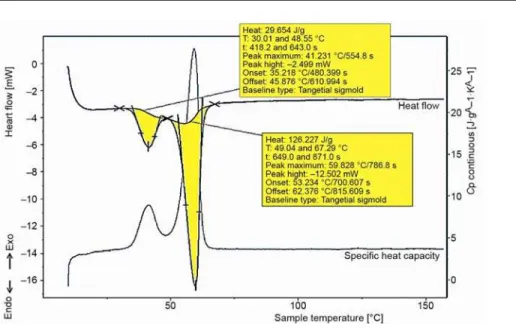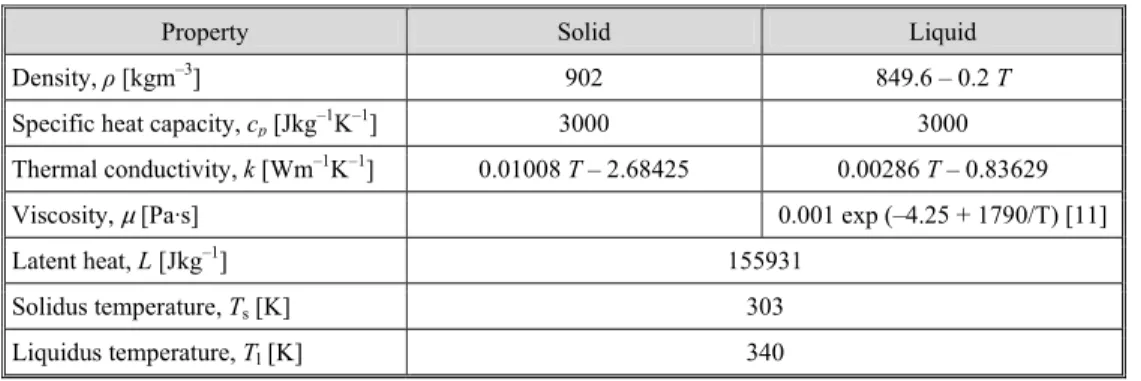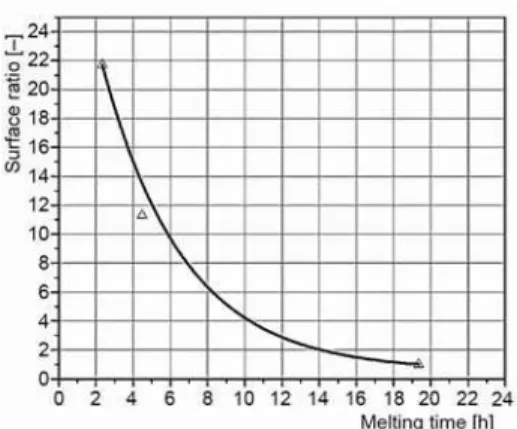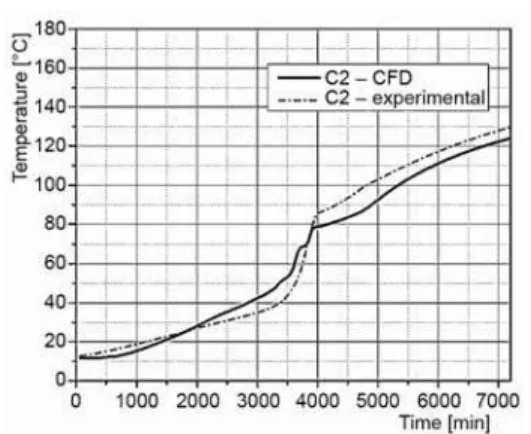Heat transfer enhancement through PCM thermal storage by use of copper fins
Texto
Imagem




Documentos relacionados
Fig. Homogenized heat transfer coefficient for 10.. 3) For small size of the inclusions a 1 and various values of heat transfer the equivalent heat transfer parameter
Experimental and simulation results showed that the thermal performance of nanofluids is higher than that of the base fluid and the heat transfer enhancement increases with
Table 2 shows the heat transfer surface and the estimated values of the global heat transfer coefficient for each exchanger, as well as the estimated mass transfer coefficients
For example, in order to model the thermal characteristics of the battery that causes battery aging, it is necessary to model the generation of heat inside the battery, heat
The two points considered at the alternate sides, of the tangents through the diameter of the circle, and then the line joining these points divides the circle
Abstract – Surface wettability is one of the mechanisms responsible for the enhancement of pool boiling heat transfer. This work investigates the effect of
The fraction of thermal losses from the building unit is by means of heat transfer through walls, roof, floor,.. door
Key words: phase change material, latent heat, heat transfer fluid, paraffin, stearic acid, thermal energy storage, constant heat
